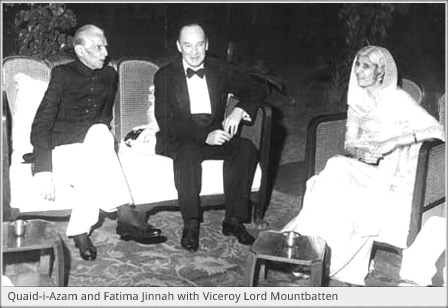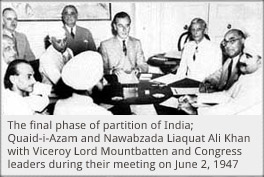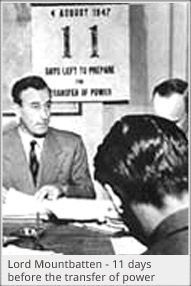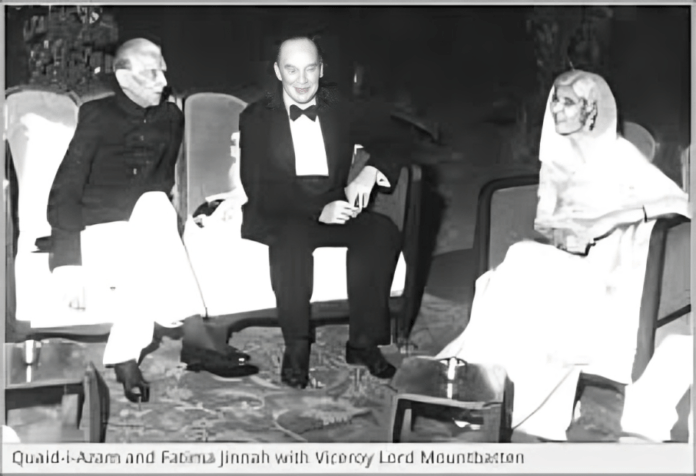] animation_delay=”0″ animation_offset=””][/fusion_text][/fusion_builder_column][/fusion_builder_row][/fusion_builder_cont
The plan was finalized in the Governor’s Conference in April 1947, and was then sent to Britain in May where the British Government approved it.

However, before the announcement of the plan, Nehru who was staying with Mountbatten as a guest in his residence at Simla, had a look at the plan and rejected it. Mountbatten then asked V. P. Menon, the only Indian in his personal staff, to present a new plan for the transfer of power. Nehru edited Menon’s formula and then Mountbatten himself took the new plan to London, where he got it approved without any alteration. Attlee and his cabinet gave the approval in a meeting that lasted not more than five minutes. In this way, the plan that was to decide the future of the Indo-Pak Sub-continent was actually authored by a Congress-minded Hindu and was approved by Nehru himself.
Mountbatten came back from London on May 31, and on June 2 met seven Indian leaders. These were Nehru, Patel, Kriplalani, Quaid-i-Azam, Liaquat, Nishtar and Baldev Singh. After these leaders approved the plan, Mountbatten discussed it with Gandhi and convinced him that it was the best plan under the circumstances. The plan was made public on June 3, and is thus known as the June 3rd Plan.
The following were the main clauses of this Plan:
- The Provincial Legislative Assemblies of Punjab and Bengal were to meet in two groups, i.e., Muslim majority districts and non-Muslim majority districts. If any of the two decided in favor of the division of the province, then the Governor General would appoint a boundary commission to demarcate the boundaries of the province on the basis of ascertaining the contiguous majority areas of Muslims and non-Muslims.
- The Legislative Assembly of Sindh (excluding its European Members) was to decide either to join the existing Constituent Assembly or the New Constituent Assembly.
- In order to decide the future of the North West Frontier Province, a referendum was proposed. The Electoral College for the referendum was to be the same as the Electoral College for the provincial legislative assembly in 1946.

- Baluchistan was also to be given the option to express its opinion on the issue.
- If Bengal decided in favor of partition, a referendum was to be held in the Sylhet District of Assam to decide whether it would continue as a part of Assam, or be merged with the new province of East Bengal.
This article was last updated on Sunday, June 01, 2003






